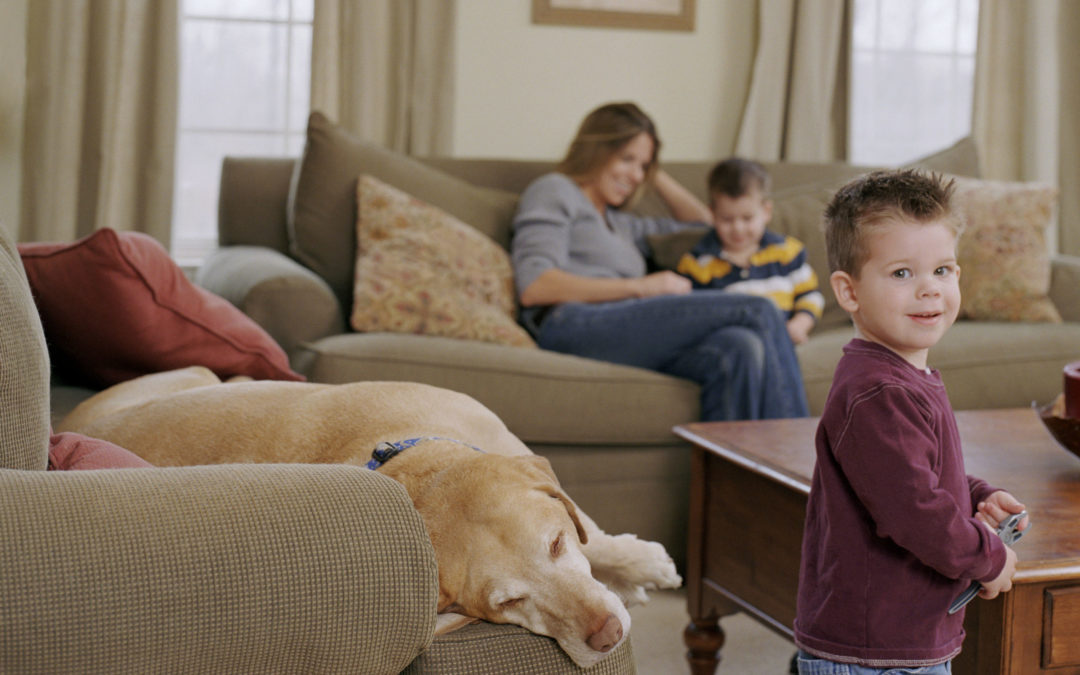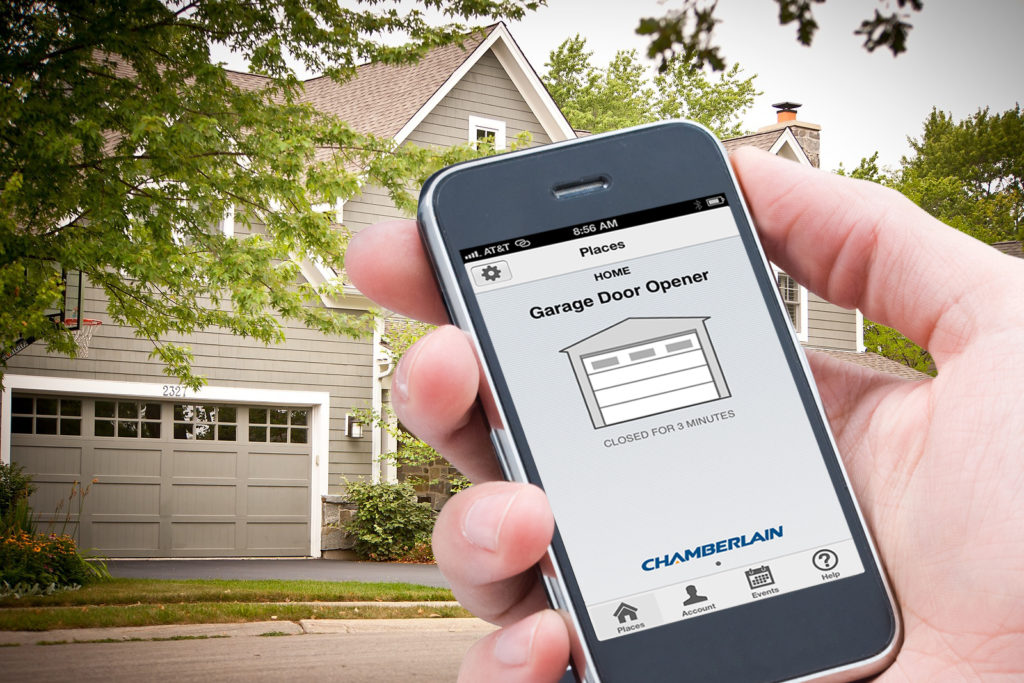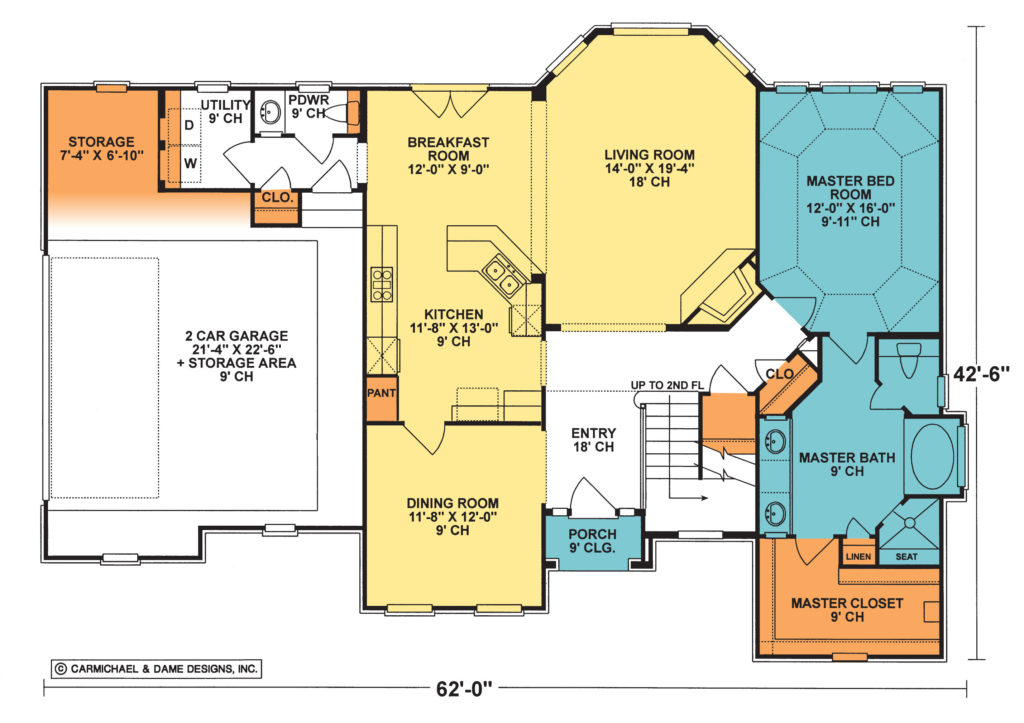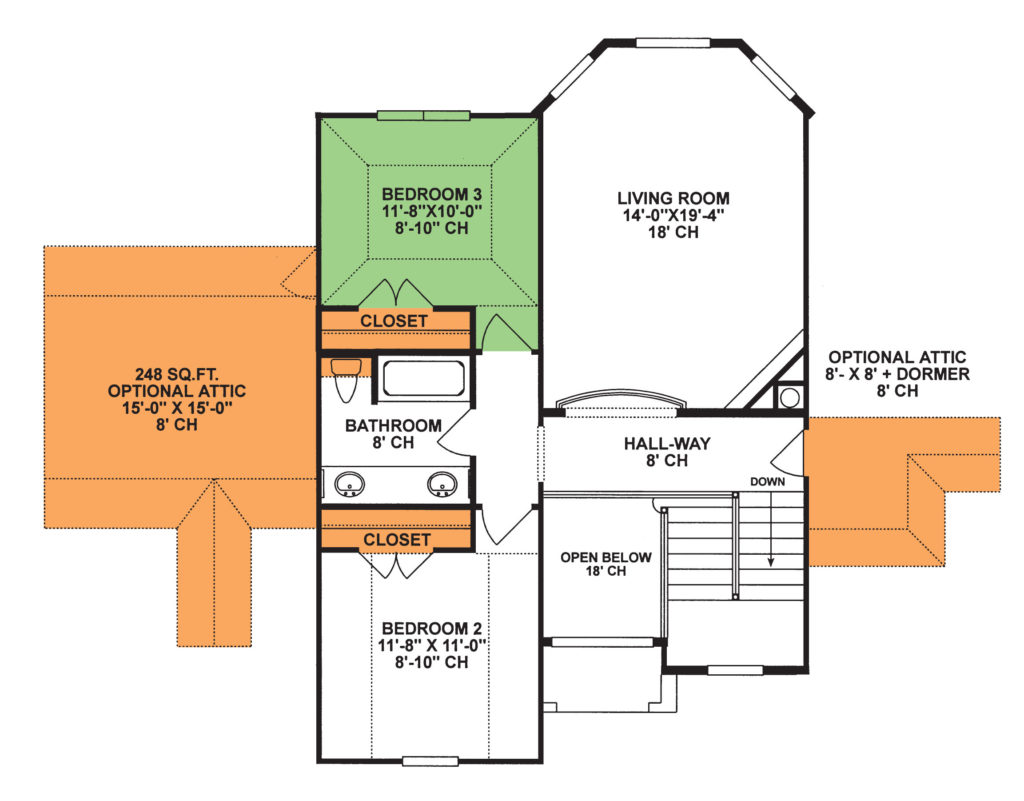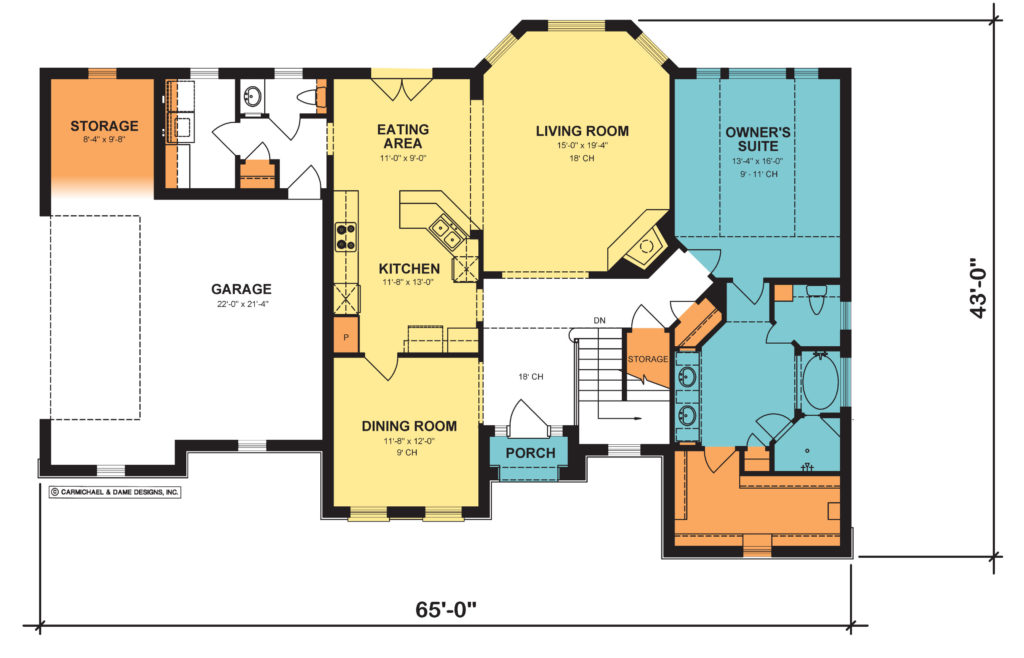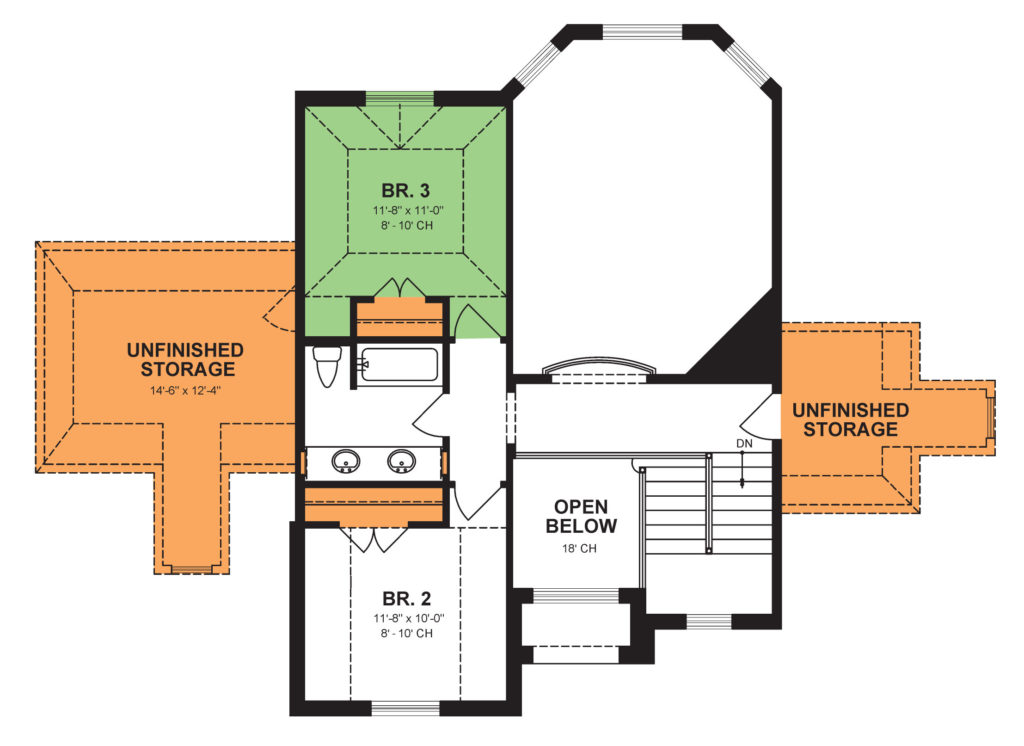Over half of all home buyers consider new construction according to Zillow’s Consumer Housing Trends Report. Maybe it’s because they get grossed out by toenails.
We were touring an open house as was another couple when all of a sudden, we heard, “Eeew!” Apparently, the current owners had a habit of clipping toenails in the owner’s bedroom. Having removed her shoes, one of the other visitors had stepped on something and bent down to see what it was – a yellowed toenail clipping. That couple left without finishing their tour.
Our oldest child was two years old when we decided to replace the living room carpeting in our first home. Even though it was a starter home built in the 1950s, most of the rest of the floors were hardwood. We were aghast to discover all of the former resident’s apparent pet “accidents” staining the back of that living room carpeting, which our son had been crawling around on!
It’s not just toenails and pet urine. It could be smoking odors or allergens, or multitudes of dust mites in the air ducts. It could be mold trapped behind a fresh coat of stain-blocking paint caused by an unseen water leak. Some things are just hidden, even to professional home inspectors.
We value certainty. Stickers on the furnace and water heater of the resale home you’re considering indicate both are 10 years old. While you didn’t climb up there, the roof shingles looked okay. And though they are by no means new, the seller is leaving all of the kitchen appliances. Those items represent some of the potential expenses when buying a resale home that can wreak havoc on your budget. You don’t know when they’re going to fail, and you don’t know how much it will cost to repair or replace them. In contrast, your new home warranty and all of the associated warranties behind the products installed in your new home, mean you can budget and buy with confidence when choosing a brand-new home.
Beyond the dollars, there is a parallel – your time, knowledge, skill, and ability. You may want to tackle rebuilding that old deck yourself. You watch a couple online videos on the subject and can block out two weekends plus schedule to take the afternoons off during the week between. Still, you’ve never done this type of project before, and aren’t sure you have the right tools to tackle the job. And when you’re all done, will you be happy with the result?
Current technology. You may not yearn for the newest tech gadgets, but you’re used to a smart thermostat. You hope there’s an instruction manual for the “programmable” one in the used home. There’s no structured wiring, but a good router should provide a strong wi-fi signal throughout the home. Replacing that old doorbell with a video doorbell shouldn’t be too difficult; however, installing a smart garage door opener means hiring someone. From security to entertainment, technology offerings in new homes allow you to enjoy that new home more.
(Photo courtesy: Chamberlain; myQ SMART Home)
Technological advancements are also evident in new homes’ energy efficiency. As reported on energystar.gov, “In a typical house, about 20%-30 % of the air that moves through the duct system is lost due to leaks, holes, and poorly connected ducts.” But to meet today’s stiffer energy codes, many builders and their HVAC contractors employ advanced testing to reduce conditioned air leakage in ductwork down to 3%-4%. Energy-efficient products and construction have resulted in homes built today being as much as 60% more energy efficient than homes built 20 years ago.
Originally designed with 2×4-inch exterior walls, the Buckland Showcase (plan #9170) can alternatively, like most plans available from Design Basics, be ordered with 2×6-inch walls, allowing more insulation in those outside walls. The outside dimensions do not change; inside, the rooms get slightly smaller when plans originally designed with 2×4-inch walls are revised for 2×6-inch exterior wall construction. For even higher performance, the Buckland Showcase ICF (plan #9170BTX) is designed for building with 10-inch thick Insulated Concrete Forms (ICF) construction. Because of the added wall thickness of ICF construction, ICF-adapted plans do increase in overall width, depth, and square footage so that the interior rooms don’t become too small.
Below: The Buckland Showcase as originally designed for 2×4-inch exterior wall construction (left: main and upper level floor plans) and adapted for 10-inch thick ICF walls (right: main and upper level floor plans). To accommodate the thicker walls and minimize cutting of the ICF, the ICF home grew three feet in width; from 1,984 to 2,218 total sq. ft.
Technology shows up in healthier new homes, too. You see it in in “hands-free” toilets and faucets as well as water purification systems; in having lots of natural light; and in having a quiet home, which minimizes internal and external noise. But perhaps nowhere else is technology more evident than indoor air quality. From air quality monitors that turn on ventilation fans if/when indoor pollutants exceed healthy levels, to air purification systems that can trap and kill most bacteria and viruses, high-tech solutions available mean new homes can be considerably healthier than used.
Join us next time as we look at how “futureproofing” considerations affect your home purchase decision.
For more resources on thoughtful design and products:
- View other articles on our blog
- Browse our Her Home™ Magazine
- Thoughtful Design Concepts
(Product spotlights are for informational purposes only.)
